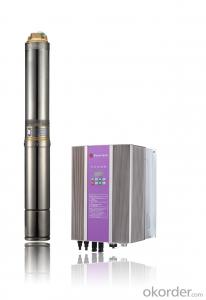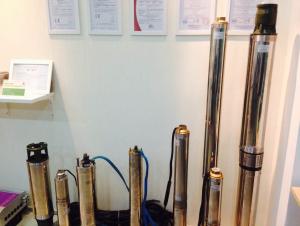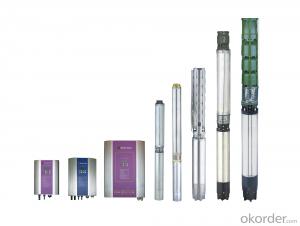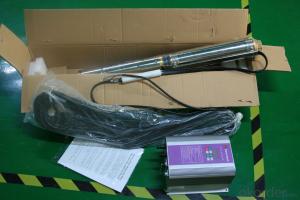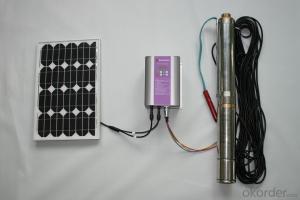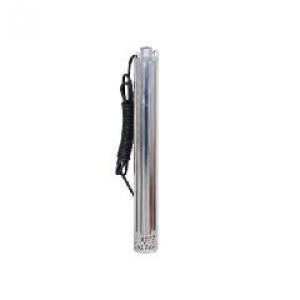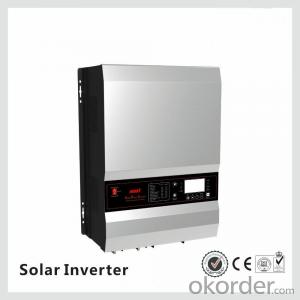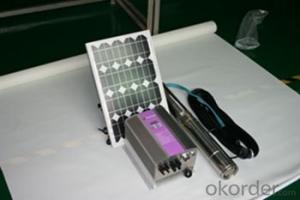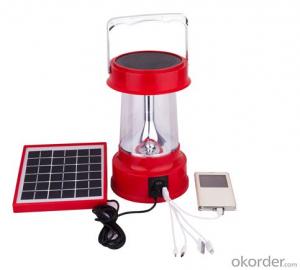Inverter Ac On Solar Power
Inverter Ac On Solar Power Related Searches
Solar Inverter Ac Solar Power Ac Inverter Solar Ac Inverter Solar Power To Ac Inverter Ac Inverter Solar Inverter Ac With Solar Panel Solar Inverter Ac Output Inverter Ac Solar System Ac Inverter For Solar Panels Dc Inverter Ac On Solar Panel Solar System For Inverter Ac Solar And Ac Inverter Solar Power Dc To Ac Inverter Solar Power Inverter Dc To Ac Solar Dc To Ac Inverter Solar Dc To Ac Power Inverter Solar Dc Ac Inverter Solar Inverter With Ac Outlet Ac Inverter Solar Panel Solar Inverter Ac Dc Ac Dc Inverter Solar Solar Panel With Ac Inverter Ac Solar Pump Inverter Inverter On Solar Panel Solar System Dc To Ac Inverter Solar Panel Dc To Ac Inverter Ac Dc Solar Inverter Inverter In Solar Dc To Ac Inverter Solar Dc To Ac Solar Power InverterInverter Ac On Solar Power Supplier & Manufacturer from China
Inverter Ac On Solar Power is a crucial component in solar energy systems, which converts the direct current (DC) generated by solar panels into alternating current (AC) that can be used by household appliances and fed back into the power grid. This product plays a vital role in ensuring the efficient utilization of solar energy, making it an essential part of any solar power setup.The application of Inverter Ac On Solar Power is extensive, as it is used in various scenarios where solar energy is harnessed. These include residential rooftop installations, commercial buildings, and large-scale solar farms. By converting DC to AC, this product enables the seamless integration of solar power into existing electrical systems, reducing reliance on non-renewable energy sources and promoting sustainability.
Okorder.com is a reputable wholesale supplier of Inverter Ac On Solar Power, boasting a large inventory that caters to the diverse needs of customers worldwide. With a commitment to quality and customer satisfaction, Okorder.com ensures that each Inverter Ac On Solar Power product is of the highest standard, making it a reliable choice for those looking to invest in solar energy solutions.
Hot Products



